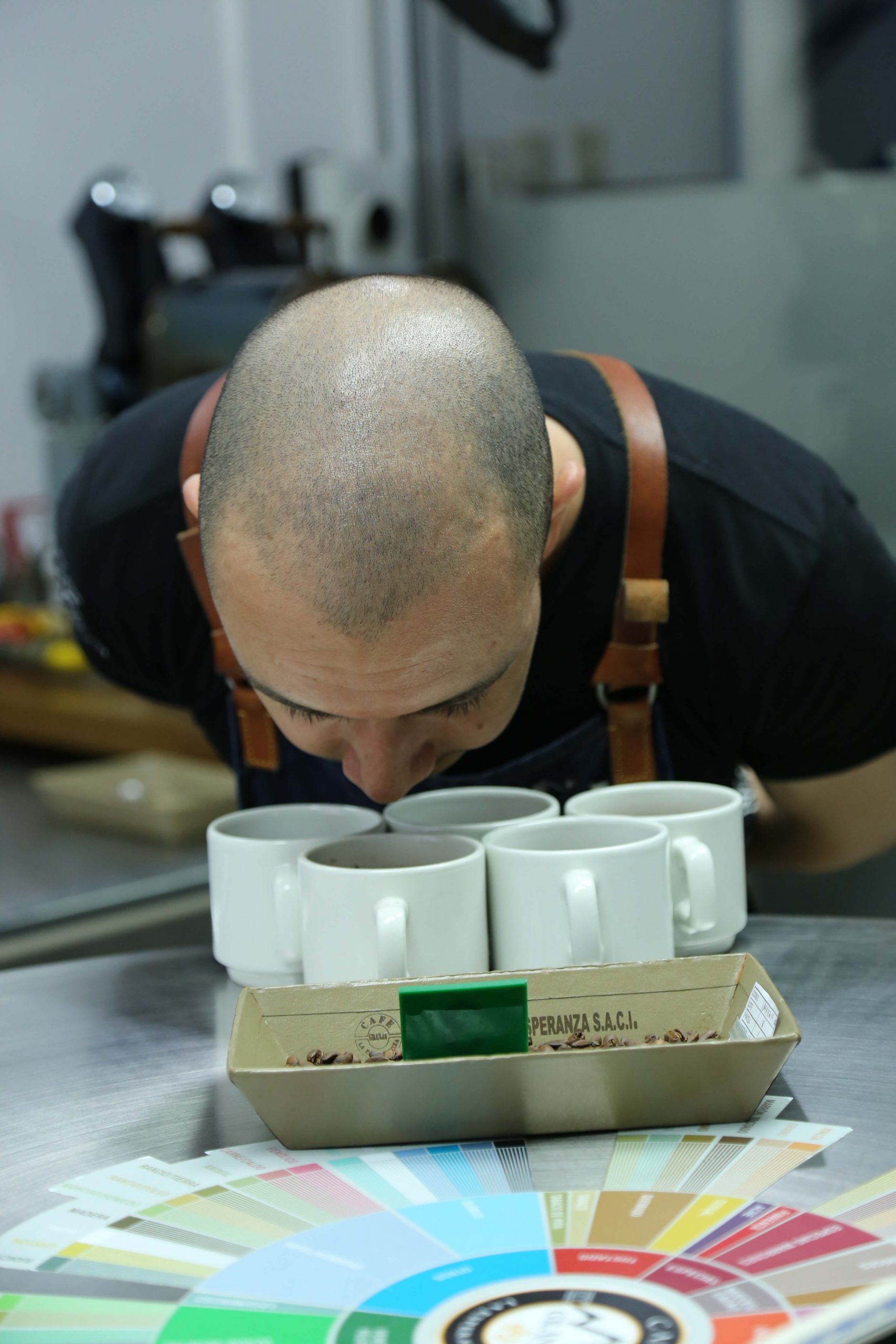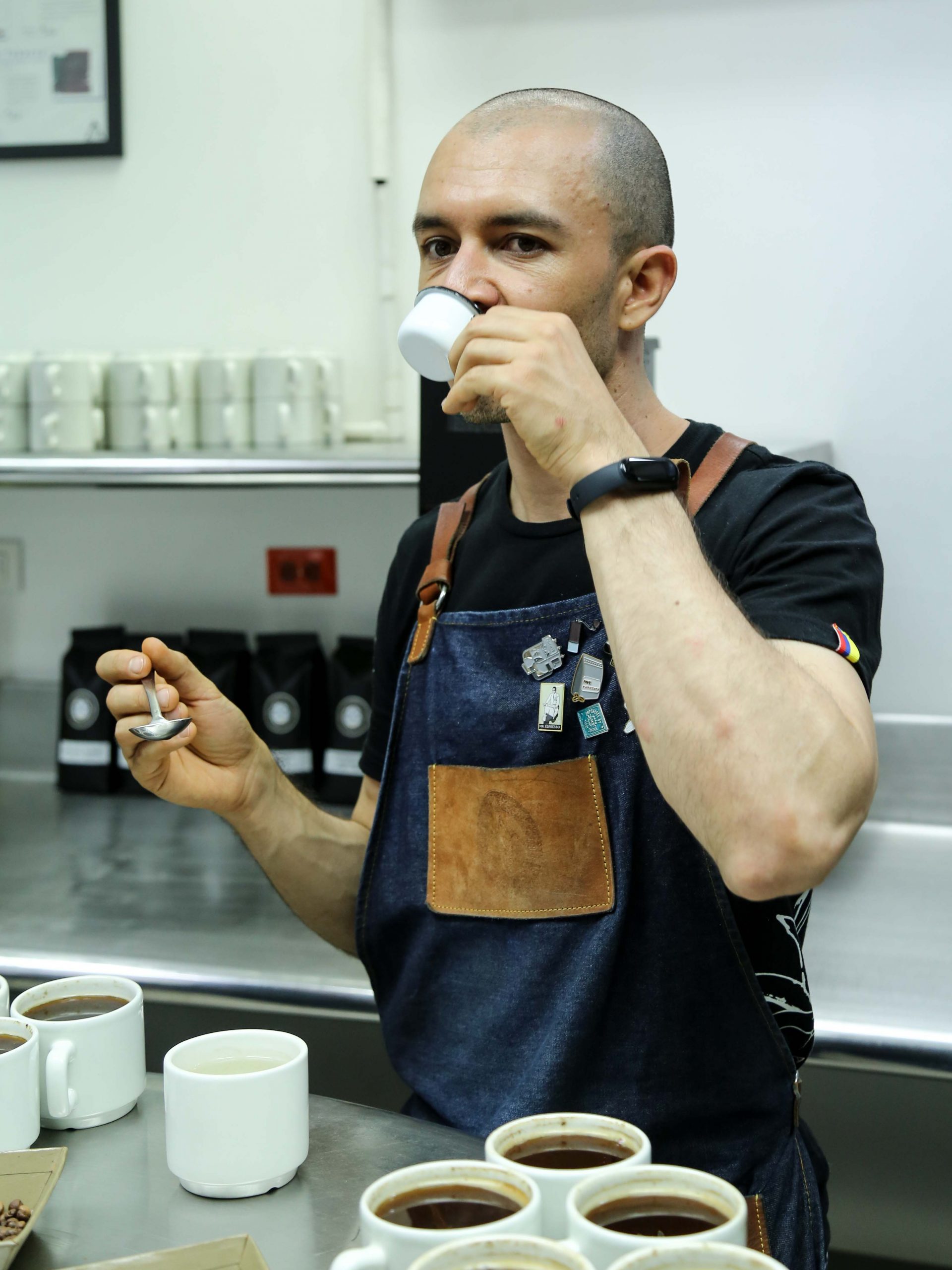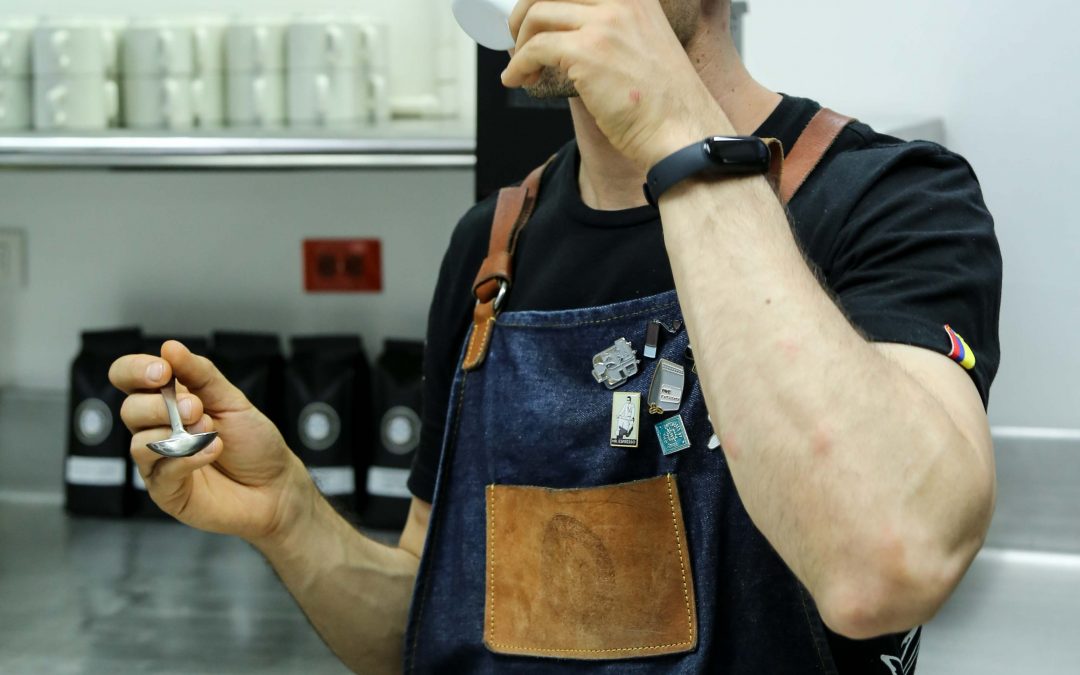The phenol defect is defined as an unpleasant sensation in the flavor of the coffee beverage, it can also be found in other consumer products, but we are going to focus on coffee drinks. This flavor is associated with particular moisture, pharmacy notes, chemical notes, and/or iodine, making the coffee preparation undrinkable.
According to the information provided at the laguiadelcafe.org most of the phenolic beans, are produced because the trees have been affected by drought and an extremely warm climate. Ratifying once more the importance of the agriculture conditions for the chemical composition of the beans and how it can change the flavor of the coffee beverage. On the other hand, Cenicafé not only attributes the chemical and moisture notes to the agriculture condition in the harvest but also to any contamination that can be done during the different stages of the production process like the postharvest actions.

A study carried out by the CGLE quality and production team in partnership with Dr. Mauricio Villegas, in 2017, was able to determine some factors that cause the phenol defect. We defined phenol as a defect that affects the aroma and flavor of the beverage and is perceived only after the cup of coffee has been roasted and prepared. “It happens due to cross-contamination of the coffee fruit or bean with various contaminating agents, in harvest, storage, processing with insecticides, solvents, materials and equipment, contaminated water, soil, wood, etc. ” In conclusion, Dr. Villegas mentions that “it is a multifactorial defect and there are multiple control points”.
After the study that we did with Dr. Mauricio Villegas, we decide to minimize the possibility of having this defect present in our profiles, for this reason, we create a document that describes the action that should be done in the different stages of coffee production “PROTOCOLS AND GOOD PRACTICES FOR THE PREVENTION OF DEFECTS IN CUP (PHENOL) – CGLE”. The different steps that are described in the document have allowed us to reduce the phenol defect considerably during the last years.
Remember if you have great practices during harvest, benefit stage, drying, carrying the cherries and the beans, in the milling, and every step of the production process, you will have a cleaner cup with a better SCA score.


